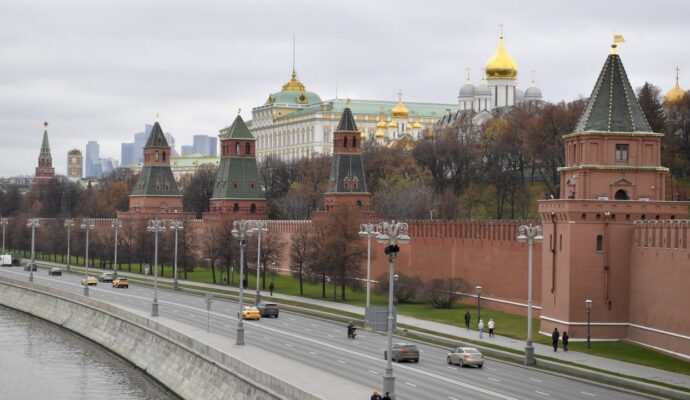When I was little, mum used to take us to visit an elderly Uyghur couple every year. We would climb up the winding concrete stairs in a Soviet-era apartment block and be greeted with a warmth that felt like family. Over piping hot bowls of Uyghur chay, mum would talk to them for hours while my brother and I listened. I always assumed they were relatives of ours, until mum told me that they were the parents of her friend Örkesh Dölet, and they had not seen their son for over 20 years. As a child, I didn’t know who Örkesh was, but my heart broke for his parents, who clearly loved and missed their son so very dearly.
Growing up in Beijing, dad used to take us to Tiananmen Square on weekends to fly colourful swallow-shaped kites. Due to censorship, I never knew that the pristine, neatly paved tiles beneath the soles of my sparkly light-up sneakers were once carpeted with the corpses of brave pro-democracy student protesters. I never saw the famous photo of “tank man”. I never knew the date “4 June 1989” had any significance for the city that I called home.
When I first learned about the Tiananmen Square protests, I was in disbelief. I could not even imagine a Beijing where young people would dare to dream of and fight for a better China. In the repressive China that I grew up in, a movement like that of 1989 seemed like fiction from some distant, unrecognisable timeline.
But the student movement was real, it was impactful, and it was led by a young Uyghur man named Örkesh Dölet.
I interviewed Örkesh remotely from his home in exile in Taiwan as part of an upcoming book project, titled Uyghur Resistance. Now, as the anniversary of the 1989 massacre approaches, Örkesh reflects on his lifelong dedication to the fight for democracy, and on that one summer 36 years ago that would irreversibly alter the course of his life.
In April 1989, Örkesh was a scrawny, charismatic 21-year-old student at Beijing Normal University. He descended on to Tiananmen Square with thousands of fellow students, who bravely protested for democracy and human rights. Over 50 days, Örkesh stepped up as a leader of the Beijing Students Autonomous Federation and represented students in televised negotiations with Chinese Communist party leaders. Then, on 4 June 1989, the tanks rolled in. The People’s Liberation Army mowed down the blossoming civil society movement that Örkesh had helped build, but it could not extinguish the powerful sense of justice that continues to burn within the soul of this lifetime activist.
After the massacre, Örkesh found himself on China’s most wanted list and escaped into exile under cover of darkness, as did the other high-profile protest leaders. However, unlike his fellow exiled Han Chinese protest leaders, Örkesh has not once been allowed to return to China, nor has the Chinese Communist party granted his parents the documents necessary to travel overseas. During one of our visits, Örkesh’s father said he had sent one handwritten letter to Chinese government officials every week since June 1989, imploring them to let him see his son. I know every stroke of every Mandarin character on every one of those 1,800 unanswered letters is chiselled with longing.
Desperate to see his family, Örkesh tried to turn himself in to China on four separate occasions without success. “I was most wanted by the Chinese government, but then all of a sudden when I turn myself in, when I offer myself to them, I became the most unwanted.” Örkesh is a really strong person who has seen and survived extraordinary hardships, but even the staunchest, most assertive political dissident is still human: “I miss my family. I want to see them. Even if that meeting has to take place in the form of a prison visit, I still want to have an opportunity to see my family.”
Thirty-six years in exile is a pain that I can only imagine. For me, it has been 10 years since I’ve been to East Turkestan and seen my loved ones. These past 10 years have been pure agony. But Örkesh has borne this pain since before I was even alive. I think of the vacuum left by his absence, which was palpable in his parents’ apartment. Then I think of the 500,000 members of the Uyghur diaspora and the void we ourselves have left in the homes of our loved ones. Then I think of the millions of Uyghurs in arbitrary detention and the hollowness that haunts the homes of their loved ones.
The pain of Örkesh and his family was once exceptional, yet now it has become a defining feature of the Uyghur experience – the pain of seemingly interminable temporal, emotional and physical space between us and the people whom we love the most.
Yet no amount of discrimination could drive a wedge between Örkesh and his Uyghur-ness. He attributes his continued advocacy to the foundational Uyghur values that he was taught as a child: “As Uyghurs, we were brought up always being taught to be courageous, to be brave. I think that has played an important role in 1989 for me to take the step up and become one of the early leaders of the movement. When I am presented with an opportunity to say something, I believe that I should say what I think is right, not what is safe. As Uyghurs, we do the right thing, not the safe thing.”
Generations of Uyghur activists like Örkesh have laid the groundwork for Uyghur advocacy today. To be a young Uyghur activist is to follow a path of resistance that has been paved by our forebears, to draw inspiration from their tenacity, wisdom from their experience and strength from the knowledge that we are joined in this fight by all those who have come before us and all those who will come after us. To be a young Uyghur activist is also to know that this path never has been and never will be an easy one.
I will always look up to Örkesh. He is the human embodiment of the fighting spirit that lives within every Uyghur person – this spirit is the reason why a vibrant culture of Uyghur resistance persists to this day.


